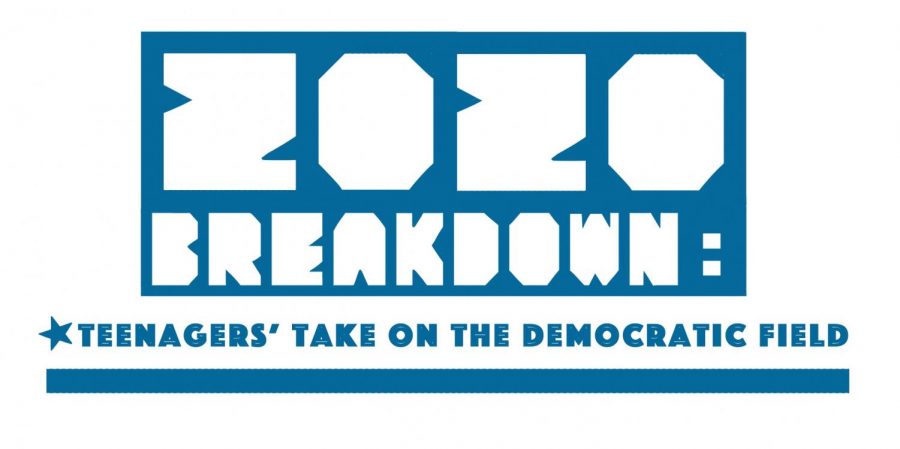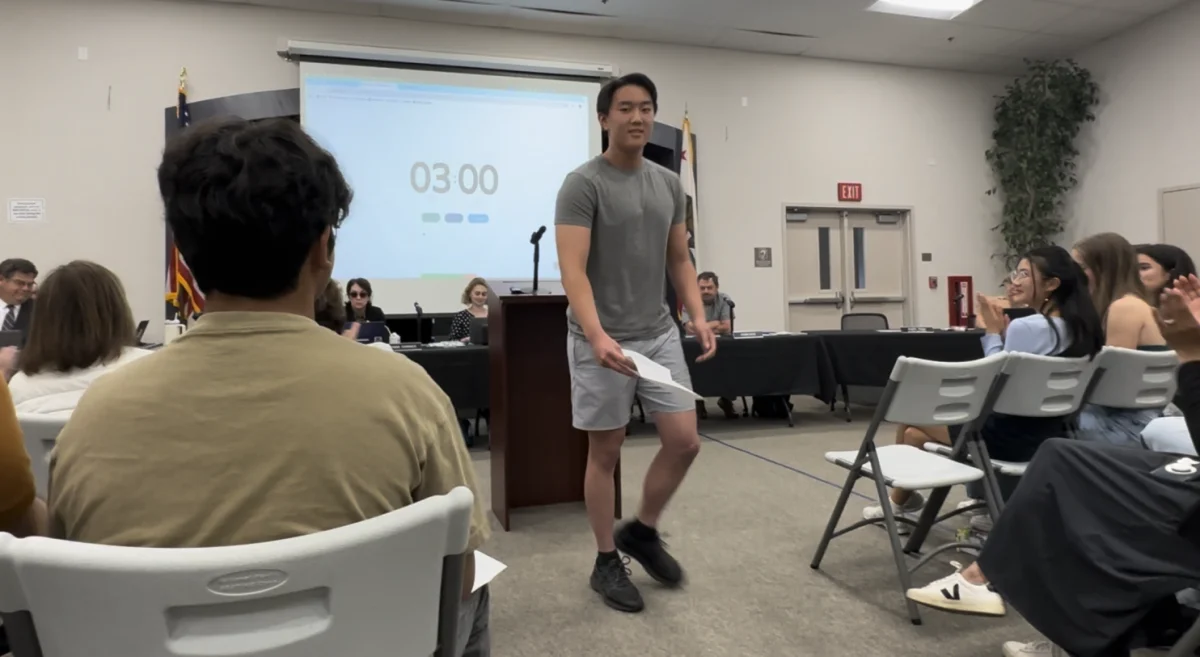After months of work last year and over the summer and at a total cost of $276,201, the school Wi-Fi network is far faster and more reliable than it was last year in most cases. However, this only increases the urgency of the problems that remain, including interference with other communications and continuing connectivity issues. With the increasing integration of technology into the classroom under the Bring Your Own Device program, no classroom can afford unreliable internet, and it’s essential to prioritize the remaining fixes so that students can focus on the material, not on their internet connection.
In the past few years, Los Altos has found its Wi-Fi overloaded with a large increase in the number of devices, driven by students bringing phones, laptops and tablets to school. Last August, the school decided to upgrade its network, but frustrating Wi-Fi difficulties continued throughout the year, and worsened in February when the old Wi-Fi network was shut down to test the new one, forcing students to use a network that was not fully ready for the traffic.
It is important to recognize what the administration has done so far, as providing reliable internet on a large scale is never as simple as it seems.
“The technology [for Wi-Fi] is not to a point where it’s just a no brainer to serve the needs of many devices simultaneously,” Assistant Principal Galen Rosenberg said. “It’s not easy to make this work great.”
Last year, math teacher Michael Richardson was so frustrated with the Wi-Fi that he often ran a separate network for his students called Diagon Alley. This year, however, he has found that the school’s network is at least usable.
“Every day we would try on the student network and students would complain, and I would plug [Diagon Alley] in, and we would just use that instead,” Richardson said. “I haven’t had anyone ask me to turn on the router, so they seem to be fine on the Wi-Fi now.”
Despite the progress, no one will claim that the network is perfect, and significant issues still need to be resolved. For the robotics team, for example, the Wi-Fi’s configuration means frequent difficulties connecting to the robot.
“The robot computer connects via a local network to a wireless bridge,” Robotics Club member sophomore Cole Brinsfield said.
“That puts out a Wi-Fi hotspot that our driver station connects to. Our robot will rapidly connect and disconnect due to communication errors caused by the school Wi-Fi.”
In addition, certain areas continue to lack reliable connectivity. For example, using the network in the 900 wing is often difficult while connections drop out occasionally and outdoor spaces such as the quad have very limited connectivity.
“There are a couple of places on campus that we’re aware of where the Wi-Fi signal’s not strong enough,” Rosenberg said. “Occasionally the strength of the signal diminishes or goes away.”
Continuing to fix problems with the Wi-Fi is about following through on the Bring Your Own Device program. By creating the policy, the school sent a clear
signal that it views technology as essential to modern learning. But such a focus on cloud learning and computers means nothing unless it is backed by an ongoing commitment to address the significantly less glamorous technical issues that can get in the way.
Now that the biggest issues with insufficient capacity and network overload are resolved, it is all too easy to declare victory and move on, but the school needs to remain committed to Wi-Fi that works for everyone.














